Sprouted Oat Groat Cereal & How to Sprout Oat Groats
Sprouted oat groats are a delicious and nutritious breakfast. This post shows you how easy it is to sprout oat groats and then use them in a hot breakfast porridge with berries. You’re going to love how easy it is to make sprouted oats.
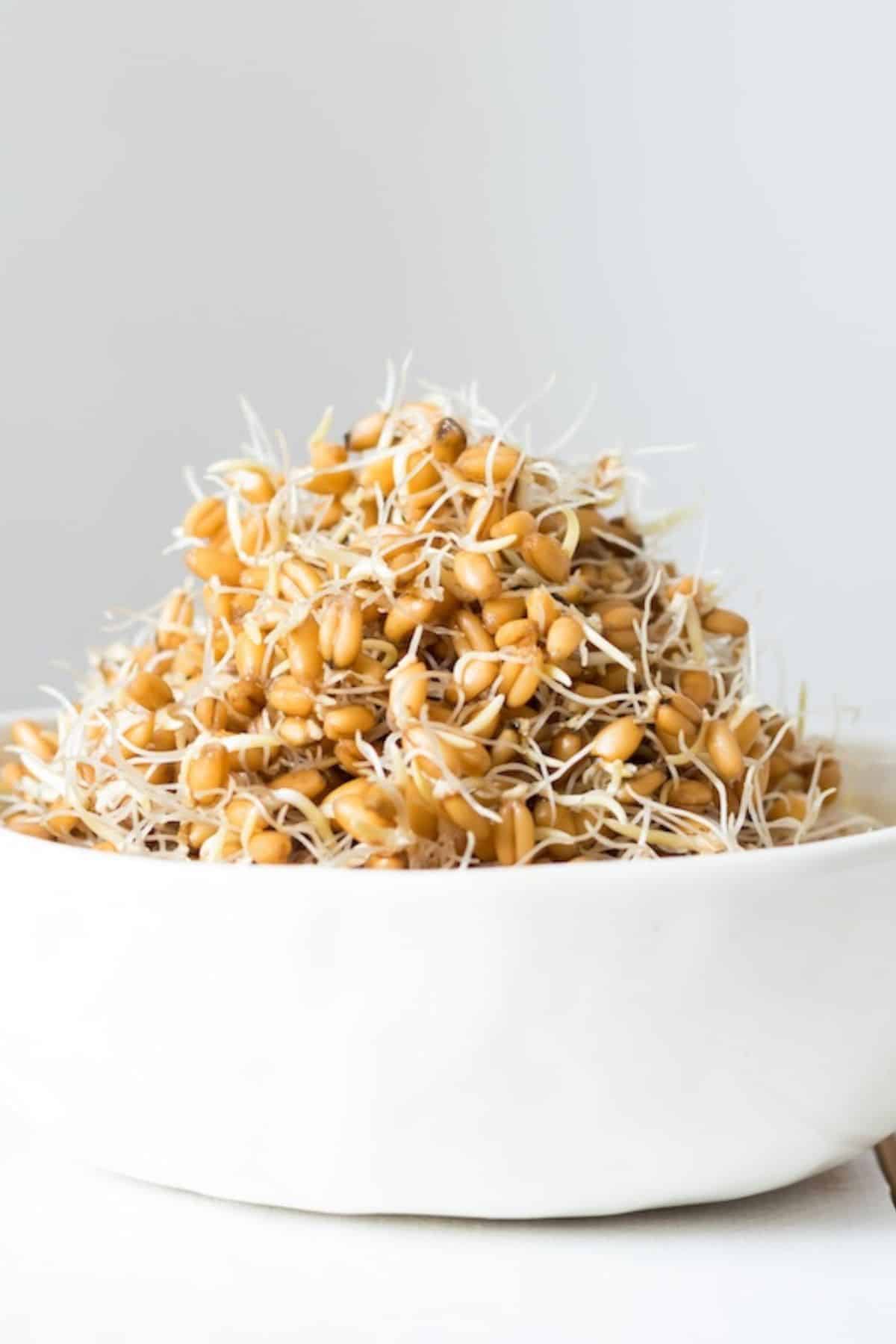
What Are Oat Groats?
Oat groats are the whole, unprocessed kernels of the oat plant, Avena sativa. They are a whole grain that are also called “naked oats” or raw oatmeal.
They are the most intact and complete form of oats, with only the inedible hulls removed, retaining all parts of the grain including the germ, endosperm, and bran. This makes them highly nutritious but also means they require longer cooking times compared to more processed forms of oats, such as rolled oats, steel-cut oats, or instant oats.
Benefits of Sprouted Oats
Sprouting oat groats, which involves soaking and then allowing them to germinate, brings a number of potential health benefits. This process not only enhances the nutritional profile of oats but can also make them easier to digest.
Here are some key benefits of sprouting raw oats:
- Increased Nutritional Value: Sprouting increases the levels of certain nutrients, including vitamins B, vitamin C, and antioxidants. It can enhance the bioavailability of minerals such as iron, zinc, and magnesium, making them more accessible for the body to absorb.
- Improved Digestibility: The sprouting process breaks down some of the starches into simpler sugars, making sprouted grains easier to digest. It also reduces the presence of anti-nutrients like phytic acid, which can inhibit the absorption of minerals.
- Enhanced Protein Availability: Sprouting may increase the concentration and bioavailability of protein in oats, making it a more efficient nutrient source for muscle repair and growth.
- Lowered Glycemic Index: Sprouted oats may have a lower glycemic index compared to non-sprouted oats. This means they are digested and absorbed more slowly, leading to a more gradual rise in blood sugar levels, which is beneficial for blood sugar control.
- Increased Antioxidant Levels: The process of sprouting can increase the levels of antioxidants in oats, which help protect the body against oxidative stress and reduce the risk of chronic diseases.
- Enhanced Taste and Texture: Sprouting can enhance the taste and texture of oats, giving them a slightly sweeter flavor and a more tender texture, which may improve their culinary versatility.
While the benefits of sprouting oats aren’t 100% clear and supported by scientific research, it does seem to be an approach that has some potential health benefits.
It’s also important to note that the specific outcomes can vary depending on the sprouting conditions, such as the duration and temperature of sprouting.
Be sure to handle and store sprouted oats properly to minimize the risk of microbial contamination. Pregnant and immune-compromised individuals may need to avoid consuming raw sprouts; speak to your healthcare provider for guidance.
How to Sprout Oats
This Sprouted Oat Groat Cereal is the first of the recipes I’ve tried using sprouted grains. I started with gluten-free, raw oat groats. You don’t want to use rolled oats, quick oats, or steel cut oats for this recipe.
This is what raw oat groats look like when they’re raw and not sprouted.
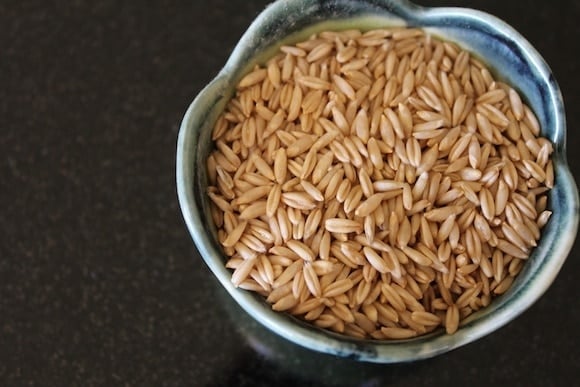
I soaked the groats in filtered water overnight, rinsed them, and placed them into a sprouting vessel.
My current favorite sprouter or sprout jar is the Easy Sprouter which comes with a sprouting lid. I also use this sprouter to make homemade broccoli sprouts.
Another option is the Victorio sprout tray which I have also used successfully.
Step One
Soak the oat groats in water for 12 hours. Rinse them well.
Please see the recipe card at the end of this post for the exact ingredients and measurements.
Step Two
Put the groats in a sprouting device and place in a cool, dark location.
Rinse and drain the oat groats a few times a day with cool, clean water.
Step Three
Once the groats have sprouted, you can move them out of the dark.
Let the groats sprout until the “tails” are about 1/8″.
Step Four
Give the groats one final rinse and then serve or cook.
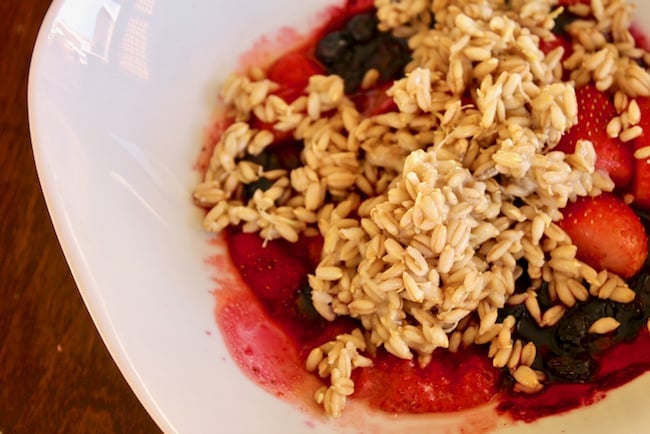
Sprouting Photos
Here’s what the groats looked like after being soaked 12 hours, rinsed, and and sprouted for one day.
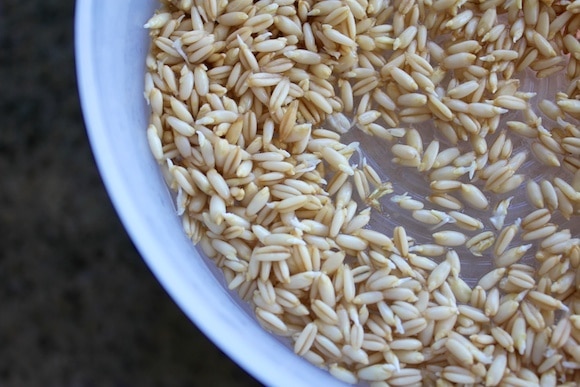
I was sooooo excited when the groats grew their little tail thingies:
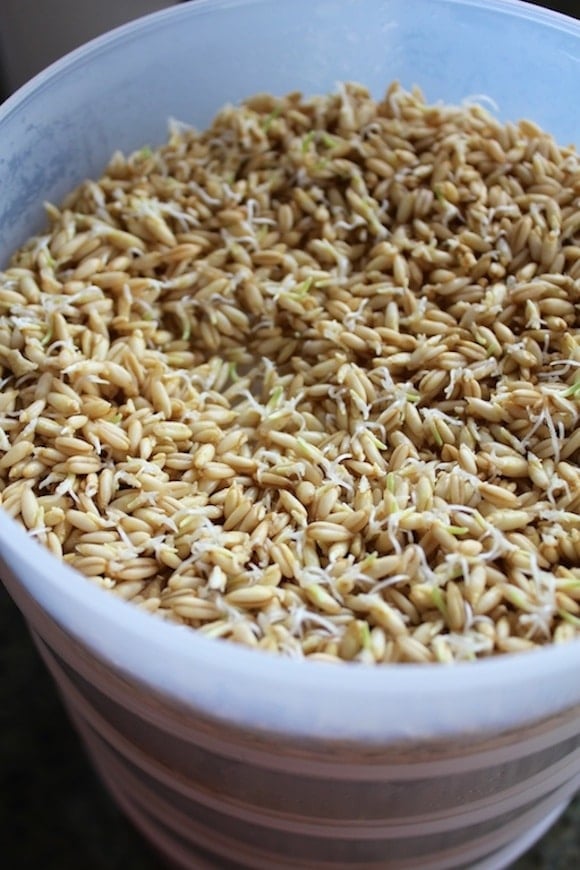
At the end of the second full day of sprouting, the groats were definitely ready to be harvested.
The white fuzzy stuff is totally normal; they’re called root hairs which sounds ick but they are harmless and get washed away when you rinse them:
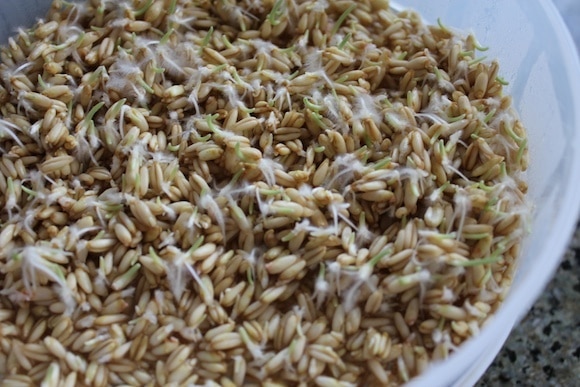
I suppose one could technically eat the sprouted groats without cooking at this point, but I wasn’t taking any chances with my or my husband’s ability to digest them.
So, I rinsed the sprouted groats one last time and then put them in my rice cooker on the “germinated brown rice” setting with about a cup of water. A simmer for a good 15-20 minutes on the stovetop will do the trick as well.
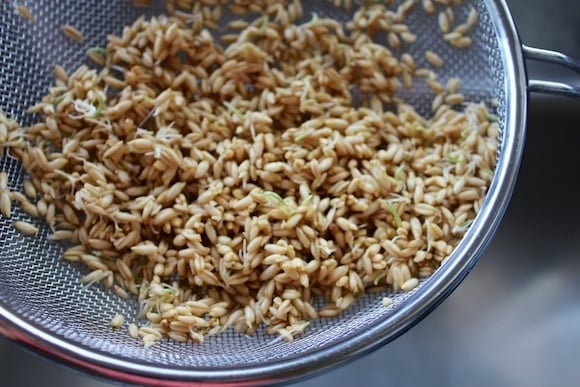
The last time I tried to eat cooked oat groats without sprouting them first, I got a terrible stomachache afterwards.
Since I started sprouting and cooking, I’ve had no problem and I get to enjoy the fantastic nutritional benefits of eating oat groats, not to mention the chewy texture and warming, delicious comfort that comes from eating a bowl of whole grains.
Serve warm or at room temperature.
I’d love to hear your input on this topic of soaking and sprouting. Let’s discuss in the comments section.
More Sprout & Microgreen Guides
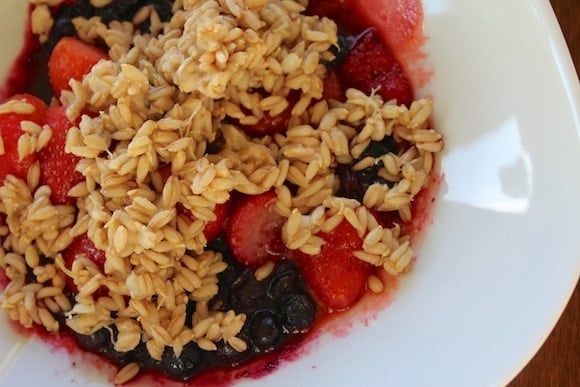
Sprouted Oat Groat Cereal
Sprouted oat groats are a delicious and nutritious breakfast. This post shows you how easy it is to sprout oat groats and then use them in a hot breakfast porridge with berries.
- Total Time: 12 hours 20 minutes
- Yield: 4 1x
Ingredients
- 1 cup raw oat groats
- 4 cups fresh or frozen berries
- 1/2 cup raisins
- Homemade almond milk (optional, for topping)
Instructions
- Rinse your raw oat groats and place them in a medium-sized glass bowl or sprouting device. Cover with fresh, filtered water and a pinch of sea salt. Let sit for at least 8 hours or up to 12 hours.
- Use a strainer to rinse the oat groats thoroughly. Place the groats in a sprouting device. Rinse 2-3 times a day for at least two days or until the groats have sprouted.
- Rince the groats one last time and place in a rice cooker or a saucepan. Add one cup of water, raisins, and cook for 15-20 minutes. If serving right away, defrost the frozen berries in the microwave and serve with the oat groats. Otherwise, you can store the cooked groats in the fridge for up to 3-5 days or in the freezer.
- Prep Time: 12 hours
- Cook Time: 20 minutes
- Category: Breakfast
- Method: Sprouting, stove-top
- Cuisine: Sprouted
- Diet: Vegan
Nutrition
- Serving Size: 1/4 of recipe
- Calories: 358
- Sugar: 27.2 g
- Sodium: 212.3 mg
- Fat: 5.7 g
- Saturated Fat: 1.9 g
- Carbohydrates: 68.2 g
- Fiber: 3.7 g
- Protein: 5.9 g
- Cholesterol: 0 mg
Don’t forget to join my newsletter list to get exclusive clean eating recipes and tips. The newsletter is 100% free with no spam; unsubscribe anytime.
About the Author: Carrie Forrest has a master’s degree in public health with a specialty in nutrition. She is a top wellness and food blogger with nearly 10 million annual visitors to her site. Carrie has an incredible story of recovery from chronic illness and is passionate about helping other women transform their health. Send Carrie a message through her contact form.



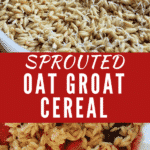

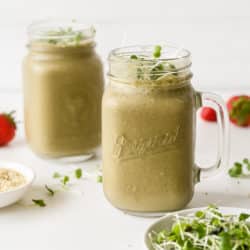
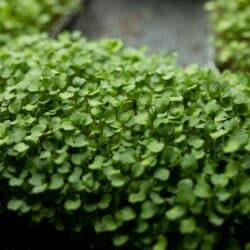



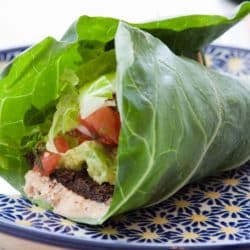


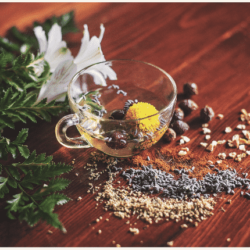





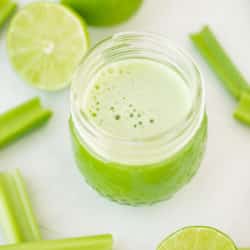


Okay so I am thinking about not cooking the sprout oats. I think I will put the sprouted oat in the Cuisinart and then dry them in thinly spread shapes on a surface and put into the dehydrator.
Any words to the wise about this?
Thanks!!
Chrisann
I think that should work, as long as you think your digestive system can handle it! :0)
Thanks for posting this Carrie – I’m very interested in trying this. I’m sensitive to gluten, but seem to have no problem eating things labeled gluten-free (like Bob’s Red Mill gf oats). My hubby has also been having some digestive issues though and I’ve been wracking my brain trying to think of ways to make him easily digestible food.
I can’t remember if your man is plant-based or not, Kimmy, but Alan was def having some zinc and magnesium deficiency issues which seem to have been resolved with additional supplementation, plus me going to the effort of soaking and/or sprouting most of our nuts, seeds, and beans.
I just made my first batch of groats and oats sprouted. I have just ventured into sprouts and so far, I LOVE THEM! I’m making bean sprouts, lettuce sprouts, and grain sprouts. I’m trying them all 🙂 I’ve read that the nutrition in them is superior to full grown veggies.
I’m totally obsessed with sprouting now, too, Kimberly!!! 🙂
I love pinhead oats, I soak them overnight and cook them up in the morning. Never tried sprouting them before, but sounds like a good idea, digestion wise.
Are there nutritional benefits to sprouting grains? Do you know whether there is a salmonella risk, as with sprouting beans? I’m guessing that cooking the sprouted grains would negate such a risk, but I thought I’d ask anyway. 🙂
Great question, Marie! Cooking the sprouted grains would greatly diminish the potential for harmful pathogens, but I think you’re right that eating raw sprouts definitely can pose a risk. I heard somewhere (maybe from Dr. Greger?) that growing sprouts at home has less risk than buying them at the store, though.
Eating sprouted –anything– provides enzymes to your body’s system. Cooked foods use enzymes to digest it. So sometimes it is good to eat foods that replenish the enzyme base in your system. Sprouts are especially full of enzymes.
Carrie,
Nice photos! 😉
xoxo,
Wendy
Thanks, Wendy! I didn’t think these were that great, it was kind of a spur-of-the-moment thing, but I am taking baby steps using all the awesome advice you gave me. Xoxo!!!
Which rice cooker are you using? I have not seen one with “germinated brown rice” setting. Thanks for the recipes and the great information that you share. I’ve learned a lot from your blog.
It’s a Tiger brand model I got years ago, Ceil. I’d probably recommend just cooking the sprouted groats in a pot until softened to your liking, maybe 15-20 minutes. 🙂
Fascinating! and you could presumably make your own oatmeal, too, by rolling the sprouted groats and then dehydrating. Oatmeal cookies again–THAT would be worth the additional effort!
As someone with GI issues caused by gluten, I am so looking forward to future posts concerning the topic of sprouting. My Dr has mentioned it as well & I did see a sprouting device at my local bulk store but don’t know too much on how to do it let alone have recipes. Keep the gluten free & sprouting topics going as I am in a learning curve myself.
Does soaking them or sprouting them get rid of the phytic acid
I haven’t had oat groats in a really long time, but I went through a phase a few years back when I loved them. I would soak them overnight, and eat them raw in the morning after rinsing them and then blending them in the food processor. I never sprouted them. Is this an important step? I don’t recall having any problems digesting the raw, soaked, unsprouted groats. Could there be any harm in soaking them and not sprouting them?
Hi Jenni! I know a lot of people can soak and eat raw oat groats, but that’s how I got a stomachache. I don’t think it’s harmful to eat them raw if that works for you! 🙂